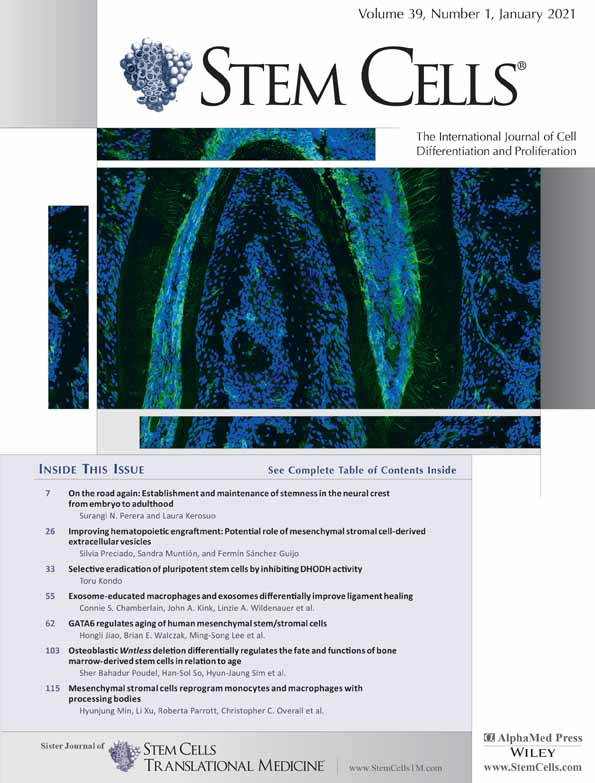- EN - English
- CN - 中文
Isolation of Single Cells from Mouse Periodontal Ligament
小鼠牙周膜单细胞的分离
发布: 2021年08月20日第11卷第16期 DOI: 10.21769/BioProtoc.4120 浏览次数: 3336
评审: Yu-Jui ChiuAnonymous reviewer(s)
Abstract
The periodontal ligament (PDL) is an essential tissue connecting teeth and bone. It is a complex tissue specifically designed to absorb the forces of mastication; analysis of its multiple cell populations is important to understand its function and the cell changes associated with periodontal disease. Cells in the periodontal ligament are not fully understood due to their physical location and small tissue size. It is challenging to isolate thin layers of cells compared with many other more substantial tissues. Here, we provide a straightforward protocol for the isolation of periodontal ligament cells from mice.
Keywords: Mouse periodontal ligament (小鼠牙周膜)Background
Periodontal disease is a prevalent issue and a major cause of tooth loss. Although the periodontal ligament (PDL) is known to contain resident stem cell populations, it is poorly understood. Therefore, harvesting PDL cell populations and maintaining their characteristics without in vitro culture will provide insight to guide regenerative therapies.
Periodontal ligament stem cells (PDLSCs) are capable of differentiating into osteo-/cemento-lineage cells in vitro and in vivo (Seo et al., 2004; Zhao et al., 2021). Cementoblasts are cells responsible for the attachment of PDL fibres to the tooth. Little is known about the differentiation pathways within the PDL that lead to cementoblast formation due to difficulties in isolating this cell population (Matthews et al., 2016).
Previously, human periodontal ligament cells were isolated to evaluate their regenerative potential, which involved separation of the PDL from tooth roots and subsequent in vitro culture (Park et al., 2011). A protocol was established to isolate rat PDL cells (Kaneda et al., 2006), demonstrating that dissociation of PDL tissue using 2 g/ml collagenase and 0.25% trypsin for 110 min allows all attached PDL cells to be harvested. Separation of PDL tissue from mouse teeth is more difficult due to their small size. We used collagenase P for 30-45 min and found that mouse PDL cells can be collected effectively. We developed a protocol to collect sufficient PDL cells from mouse molars for single-cell transcriptomics analysis (Zhao et al., 2021).
Materials and Reagents
1-ml pipette and tips (STARlabs, catalog number: S1122-1830)
(Optional) 6-well plates (CellSTAR, catalog number: 567160)
Centrifuge tubes, 15-ml and 50-ml (Corning, catalog numbers: 430719, 430829)
40-μm cell strainers (Falcon, catalog number: 352340)
(Optional) Needles 20G
Blades (Swann-Morton, catalog number: 0314 #27)
Filter (Millex, catalog number: SLGP033RS)
CD1 mice aged 8 weeks
Ice
Collagenase P (Roche, catalog number: 11213865001)
DMEM (Sigma-Aldrich, catalog number: D6429)
Fetal bovine serum (FBS) (Sigma, catalog number: F7524)
Equipment
Dissection dish
Biosafety cabinet
Stereomicroscope and light source (Zeiss Stemi 2000-C and Olympus KL1500 LCD)
Tweezers and fine tweezers
Water bath with shaking function (Grant, model: OLS 200)
Heraeus dissection hood (or any hood that can ensure control of contamination)
Procedure
文章信息
版权信息
© 2021 The Authors; exclusive licensee Bio-protocol LLC.
如何引用
Zhao, J. and Sharpe, P. (2021). Isolation of Single Cells from Mouse Periodontal Ligament. Bio-protocol 11(16): e4120. DOI: 10.21769/BioProtoc.4120.
分类
干细胞 > 成体干细胞
细胞生物学 > 基于细胞的分析方法
您对这篇实验方法有问题吗?
在此处发布您的问题,我们将邀请本文作者来回答。同时,我们会将您的问题发布到Bio-protocol Exchange,以便寻求社区成员的帮助。
Share
Bluesky
X
Copy link









